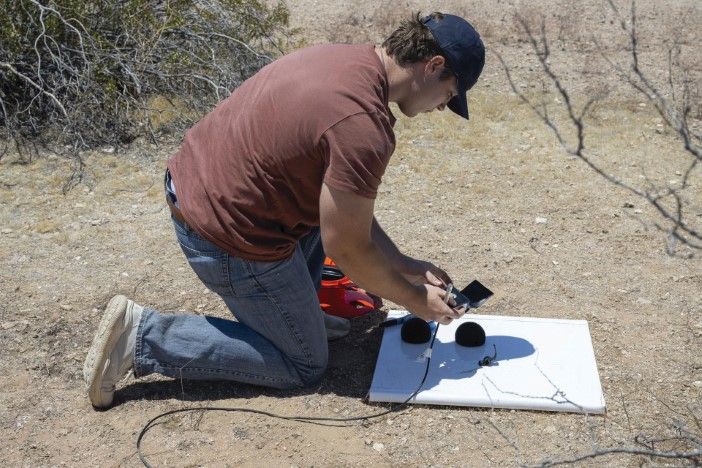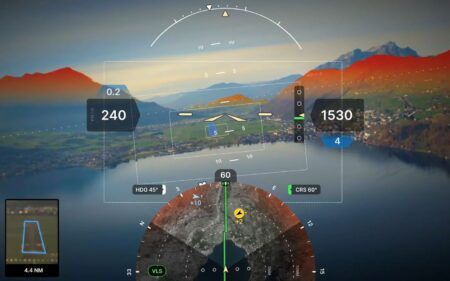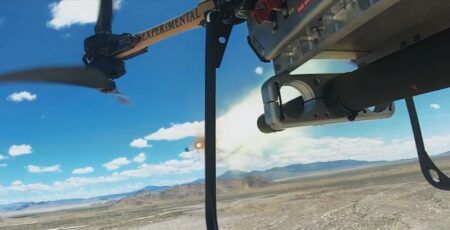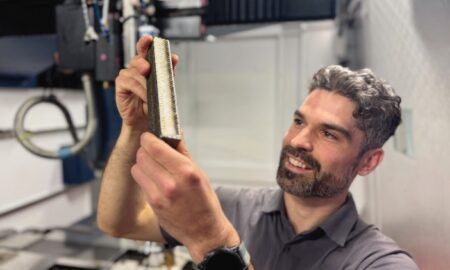Engineers last month conducted a rehearsal of the acoustic testing that will be used to measure how loud NASA’s quiet supersonic research aircraft X-59 is when it flies.
The dress rehearsal was conducted during June and July in a miles-long stretch of the Mojave Desert in California.
During the practice tests, an F-15 aircraft flew multiple times, acting as a stand-in for the X-59. The researchers arranged a linear array of ground recording systems across the desert’s ground, recorded weather readings, and measured the shock waves the F-15 generated.
X-59 will test technologies and a new aerodynamic design that will reduce the loud sonic booms usually produced by aircraft such as fighter jets to a quieter “thump”.
The experimental aircraft is expected to make its maiden flight before the end of this year, after which its noise levels will be measured during a series of flight tests for the second phase of Quesst.
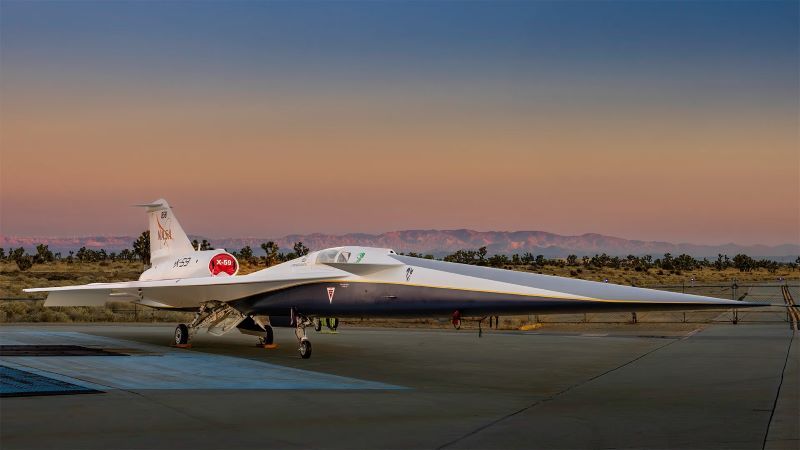
Quiet practice
The acoustic testing dry runs focused on practicing the tests under realistic conditions and identifying issues before the official campaign begins.
“The dress rehearsal was critical for us,” said Larry Cliatt, sub-project manager for the Quesst acoustic validation phase at NASA’s Armstrong Flight Research Center in California.
“It allowed us to run through every aspect of our operation, from flight planning to data collection.
“In between those activities, we practiced aircraft operations, setting up the Ground Recording Systems, meteorological data collecting, and refining control room procedures. We were able to fine-tune our timelines, improve communication across teams, and ensure that when we perform these tests with the X-59 aircraft, everything will run smoothly.”
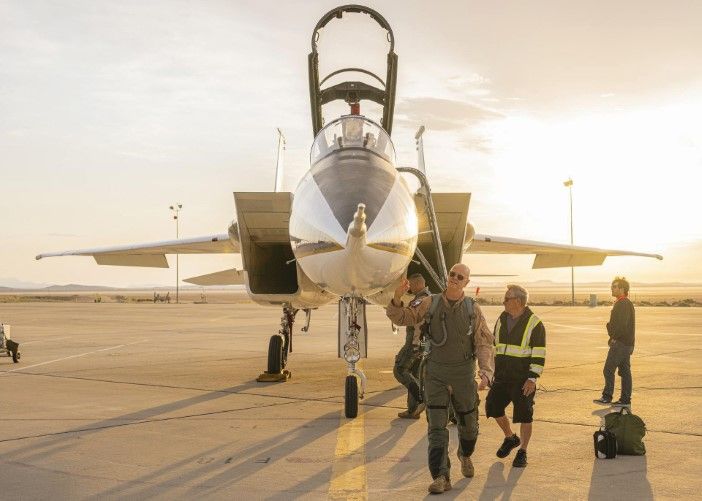
Taxi testing
During July, X-59 also completed its first low-speed taxi test at US Air Force Plant 42 in Palmdale, California, the first time the aircraft had ever moved under its own power.
During the test, engineers and flight crews monitored the X-59 as it moved across the runway, working to validate critical systems like steering and braking. The taxiing represented the start of the X-59’s final series of ground tests before first flight.
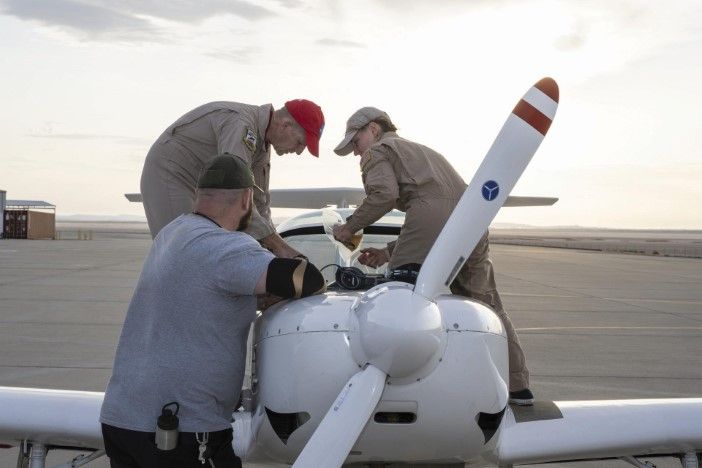
Supersonic regulations
The data will be used to change regulations that prevent the overland usage of supersonic commercial aircraft and produce design tools and technology. These are both key enablers for companies such as Boom which are developing supersonic airplanes.
The Quesst program’s data will also be used to understand community response to sounds generated during flight. In addition, Quesst data from ground and flight testing will be used to validate design tools, providing aircraft manufacturers the ability to explore new quiet supersonic concepts and have confidence that their resulting designs will meet requirements for quiet flight.
